Low-Voltage Regulator PCBs
Low-voltage regulator PCBs are vital for stable power in electronics, enhancing device efficiency and reliability across numerous applications.
In the present age of electronics, the need for efficient power management is greater than ever. With the miniaturization and increasing functionality of electronics, they demand sophisticated and reliable voltage regulation methods. Low-voltage regulator PCBs have emerged as a cornerstone in this effort, delivering reliable and efficient power supply to electronic components across a broad spectrum of applications.
The voltage regulator is what propels electronic devices and is a critical component of a power supply unit. It accepts raw power and processes it into a stable, required form with specific current requirements. The primary function of a voltage regulator is to deliver a constant output voltage regardless of input voltage or load level changes. This ensures electronic devices are supplied with a stable power supply, devoid of voltage variation and potential damage.
Voltage regulators are applied in both AC and DC systems. They convert high voltages into low voltages necessary for sensitive electronics, with an unvarying output that is within individual circuit voltage and current needs. In short, they are an electric system that controls the voltage so that it may safeguard and extend the life and operation of electronic devices.
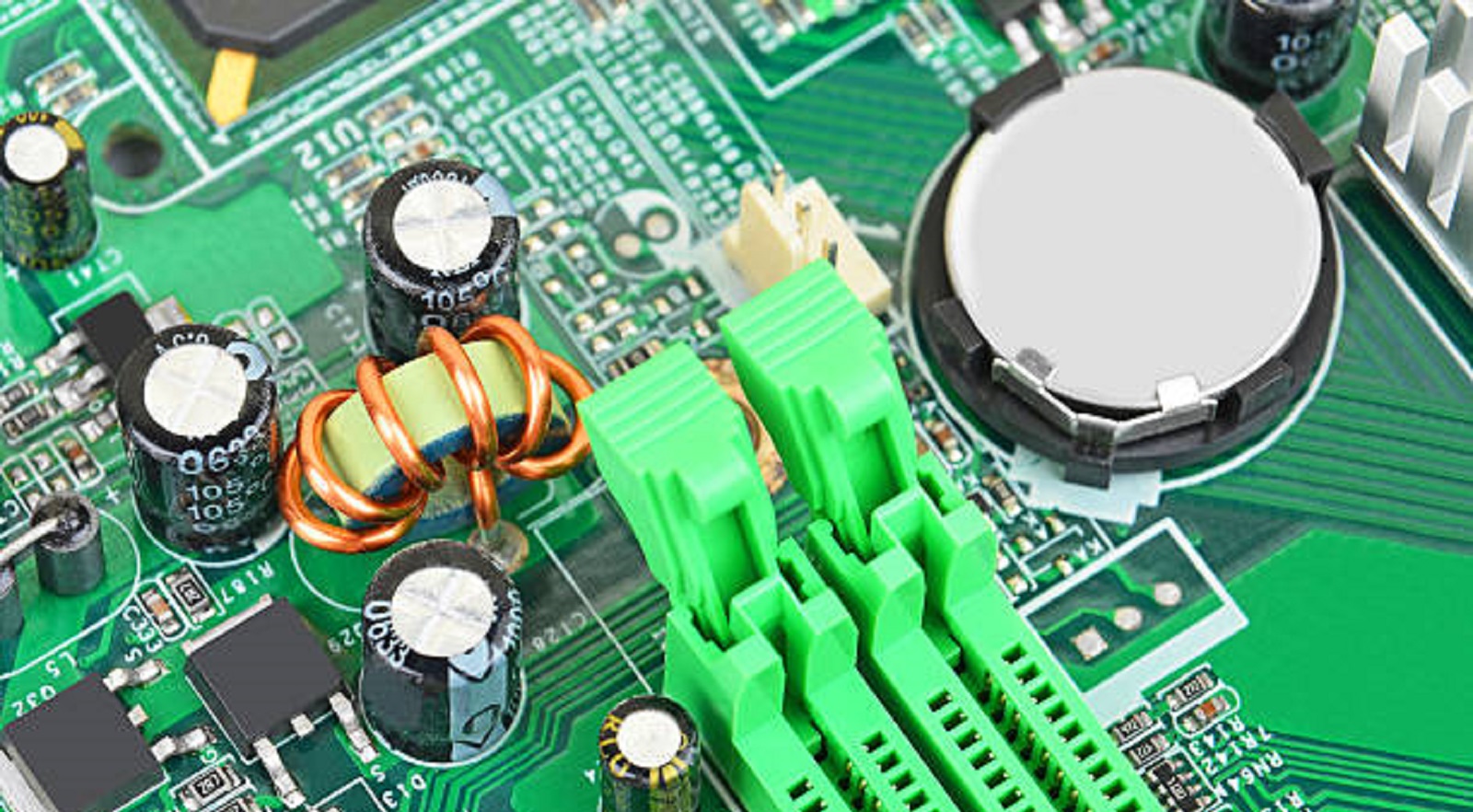
Functionality of Voltage Regulators
Voltage regulators perform their stabilizing functions with the assistance of two major types: linear and switching regulators.
Linear Regulators: Linear regulators are straightforward, employing a high-gain transistor powered by a reference voltage to control a constant output voltage. The pass device, usually a transistor, is merely a variable resistor that dissipates the excess voltage in the form of heat. They are easy to use and low-cost but inefficient since the power is wasted as heat, especially in the instance of heavy voltage reductions.
Switching Regulators: These operate on a distinct principle of storing and providing energy to the load in the form of inductors or capacitors, hence transforming the input voltage into the desired output level. Switching regulators are highly efficient, with efficiencies of even 85%, as they reduce energy wastage by applying improved techniques of power management. Switching regulators are useful where efficiency is of greater significance, such as in battery use.
Designing a Low-Voltage Regulator PCB
Designing an effective low-voltage regulator PCB requires close attention to several critical considerations in order for the system to operate reliably:
Selecting the Appropriate Regulator: Whether to implement a linear or switching regulator is based on application requirements for efficiency, heat dissipation, input-output voltage differences, and complexity.
Power Budget Estimation: Good estimation of the peak power requirement of all the circuit components is required to be able to select an appropriate voltage regulator that can provide sufficient overhead capacity for the instant peaks in demand.
Impedance Minimization: Use low-impedance traces and connectors to reduce noise within the circuit. This can be done by placing components near the voltage regulator and attempting to optimize trace paths for the least interference.
Heat Management: Switching and linear regulators generate lots of heat when under load. Implement heat dissipation techniques such as mounting heat sinks, thermal vias, and copper pours on the PCB while designing in order to manage heat properly.
Grounding and Noise Reduction: Appropriateness of grounding techniques is essential. Isolate analog and digital grounds to avoid noise interference and utilize ground planes to ensure stabilization of the circuit.This is extremely critical in high-speed switching regulator circuits.
Advanced PCB design computer-aided design software, such as Cadence's SI and PI toolsets, can assist in the optimization of these design parameters, as well as indicating potential hotspots for heat, and deliver efficient power delivery.
Applications of Low-Voltage Regulator PCBs
Low-voltage regulator PCBs are integral to a wide range of industries and applications, providing dependable power supply solutions:
Consumer Electronics: In smartphones, tablets, and wearable technology, the efficiency and stability provided by these regulators are vital to battery life and device dependability.
Automotive Electronics: Infotainment systems, sensors, and engine control units of vehicles use low-voltage regulators. They manage the voltage from the car battery to ensure that all the electronic devices are safe to operate.
Industrial Automation: PCBs power sensors and control systems in industries, offering the precision and dependability needed in automated operations.
Medical Devices: From portable diagnostic devices to implantable devices, voltage regulators ensure the safe and reliable operation of medical electronics, where accuracy and reliability are the top priority.
Telecommunications: Used to power the equipment in signal processing and distribution boards, low-voltage regulators provide integrity for telecommunications networks.
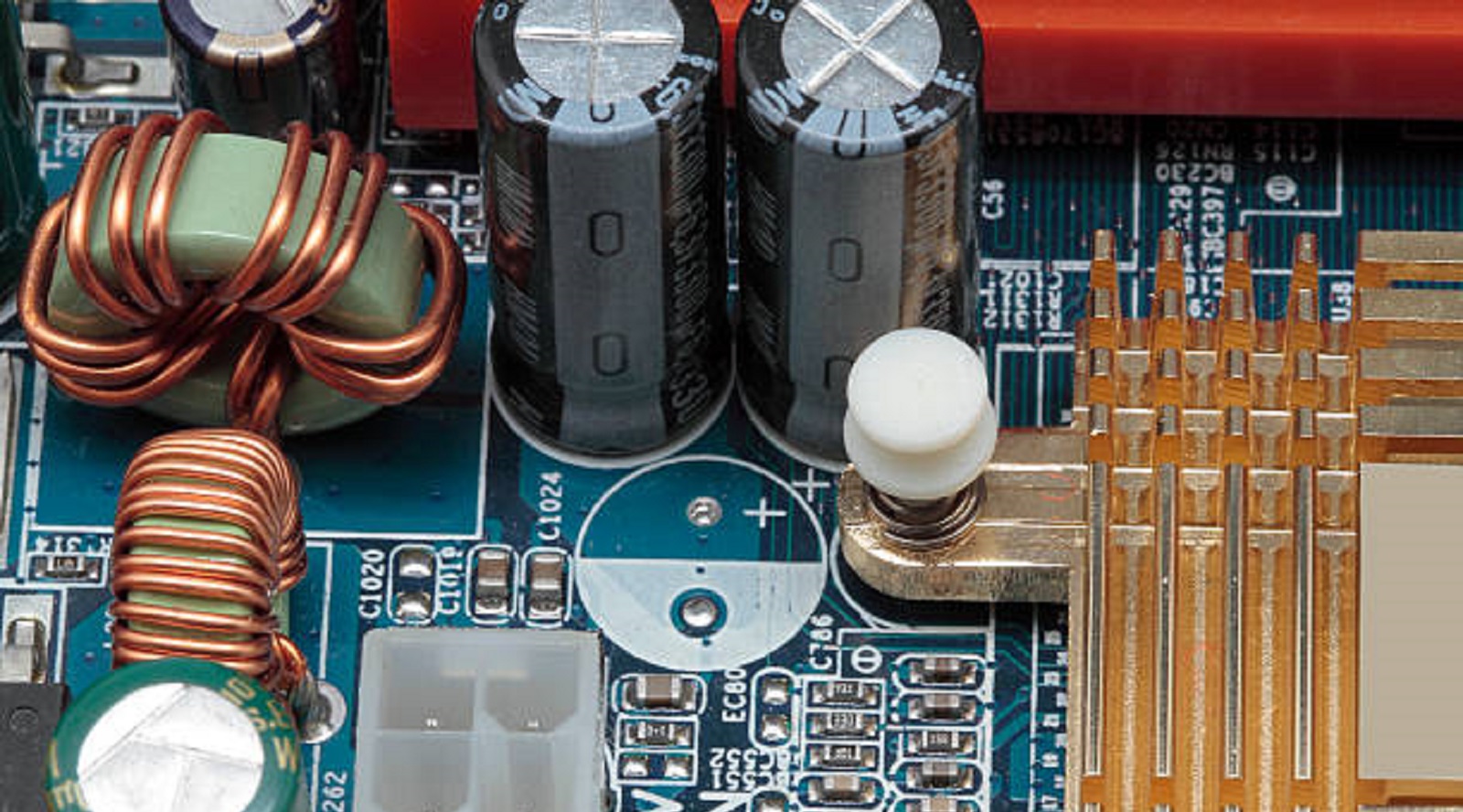
In the rapidly changing and rapidly advancing field of electronics, low-voltage regulator PCBs are the key elements in maintaining devices' efficiency and reliability. With careful design and ingenuity in voltage regulation, these PCBs have been keeping up with the increasing levels of power efficiency and stability requirements in various applications. With evolution in PCB technology and design facilitated by the know-how of PCBX, the future of low-voltage regulator PCBs is even more integrated, efficient, and power-frugal.
Negotiating the complexities of power control requires a deep understanding of both principles and nuances of PCB design. As a leader in PCB solutions, PCBX is committed to fostering innovation and delivering high-performance power management solutions that address the continuously evolving requirements of the tech-intensive world. Through continuous research and development, PCBX advances electronic technologies, enhancing their sustainability and performance.
Hot Tags:
Contact us

If you can't find what you're looking for, please contact us.
Article
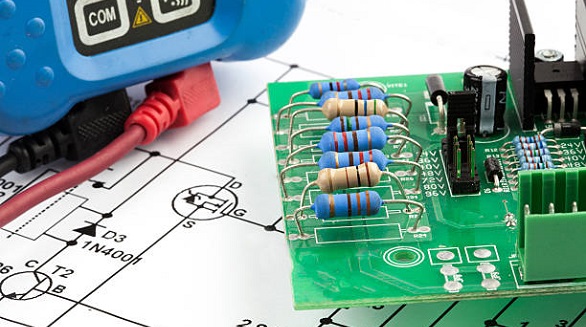
Current limit control circuits safeguard electronics by regulating excess current, ensuring device safety and reliability across various applications and industries.
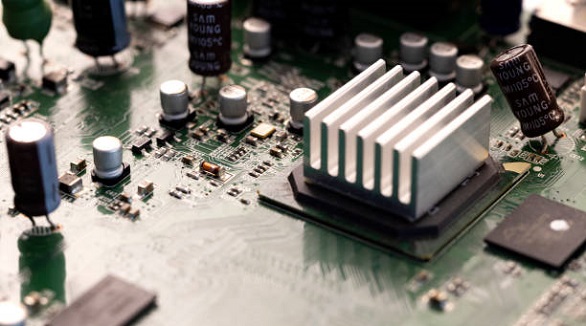
Capacitive circuits store and release energy, stabilize voltage, filter signals, and manage power flow, making them vital for modern electronic systems.
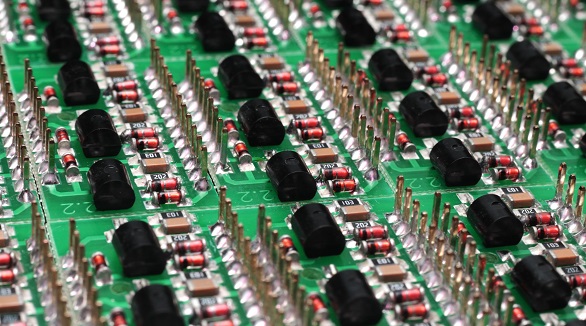
Burn-in boards are vital for testing semiconductor reliability, simulating stress to reveal defects, ensuring high-quality devices before mass production.
